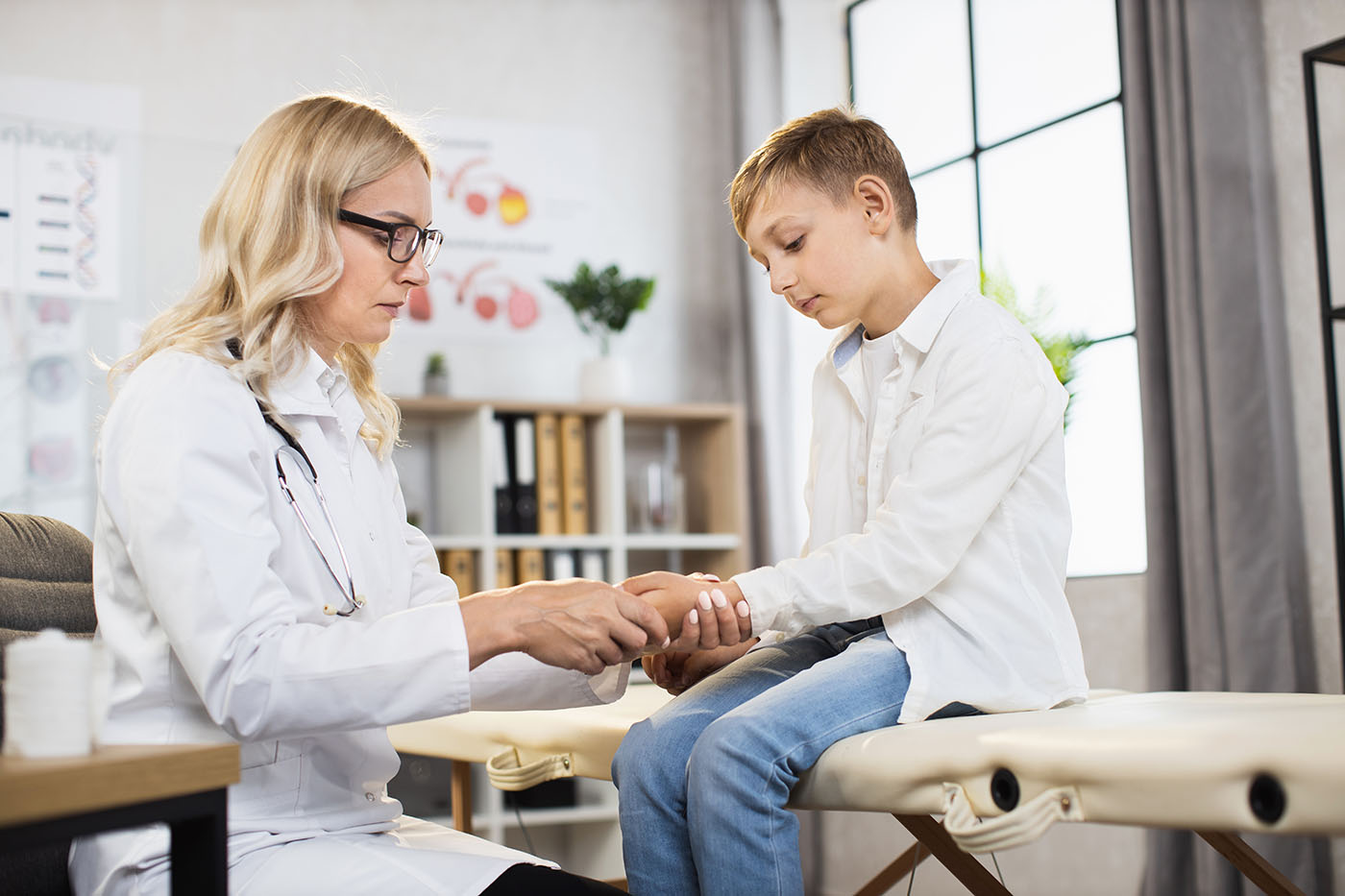
Acne,Hyperpigmenatation
Acne Vulgaris
Acne is the classic stigma of adolescence and has been viewed as a normal physiologic reaction in the skin. The increase in size of the sebaceous glands and the concomitant increased amount of sebum secretion during adolescence are physiologic, but the inflammatory changes of true acne represent a disease which may be extraordinarily chronic and sometimes produce severe residual physical and psychological scarring which may be lifelong.
The basic cause of acne is still unknown but four major pathogenetic factors are :
1.Increased sebum production 2.Abnormality of the microbial flora 3.Hyperkeratinisation of the pilosebaceous duct and inflammation 4.Genetic and racial factors also play a role in the development of acne
Clinical features:
Acne vulgaris is most common during the second and third decades of life. Boys tend to have more severe acne and a little later in life as compared to girls. Both the incidence and severity of the disease decline in about 80% of the patients by their mid 20s. Acne Is a polymorphic disease characterised by comedones, papules, pustules, nodules and cysts occurring predominantly on the face and less so on the back and chest (see colour atlas). Nodules and cysts are particularly disfiguring and are often associated with scarring.
Various foods like chocolates, ice cream, pork fat, etc. have been implicated to make acne worse, without any scientific proof. Mental stress and menstruation have been known to produce flare-up of the lesions.
Acne Rosacea:
It is a chronic disorder of the face in middle-aged and older persons, characterised by a vascular component with or without an acneiform component. The disease is more common in women, but men have more severe disease. Many factors have been alleged to initiate or aggravate rosacea, e.g. overindulgence in tea, coffee, other drinks, tobacco, alcoholic beverages, spiced food, etc. The same may be said for focal infection, avitaminosis, disease of the digestive system and endocrine abnormalities.
Clinically, rosacea may begin with a prominent flush limited to the lower half of the nose or may include the blush area of the face, then chin and the central forehead. Later on, telangiectasia appear. In the more advanced state the skin is oily; there are papules, pustules, nodules and cysts but no comedones. The eruption is usually restricted to the central one-third of the face. Rhinophyma, which represents the thickened, lobulated overgrowth of sebaceous gland, may be the only expression in some cases. Ocular involvement is the most serious complication. Blepharitis, conjunctivitis, episcleritis, iritis and keratitis may occur.
The course of rosacea is one of chronicity and gradual progression; spontaneous remission is uncommon. Treatment consists of avoidance of factors that cause flushing and vasodilatation, topical antiacne medications, systemic tetracyclines, metronidazole, etc. Electrolysis or superficial electrodesiccation for large telangiectatic vessels and surgical treatment of rhinophyma are other therapeutic modalities.